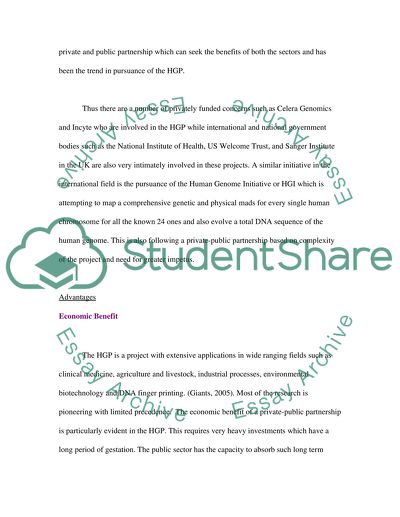Cite this document
(“Human Genome Project Essay Example | Topics and Well Written Essays - 2000 words”, n.d.)
Retrieved from https://studentshare.org/science/1529897-human-genome-project
Retrieved from https://studentshare.org/science/1529897-human-genome-project
(Human Genome Project Essay Example | Topics and Well Written Essays - 2000 Words)
https://studentshare.org/science/1529897-human-genome-project.
https://studentshare.org/science/1529897-human-genome-project.
“Human Genome Project Essay Example | Topics and Well Written Essays - 2000 Words”, n.d. https://studentshare.org/science/1529897-human-genome-project.


